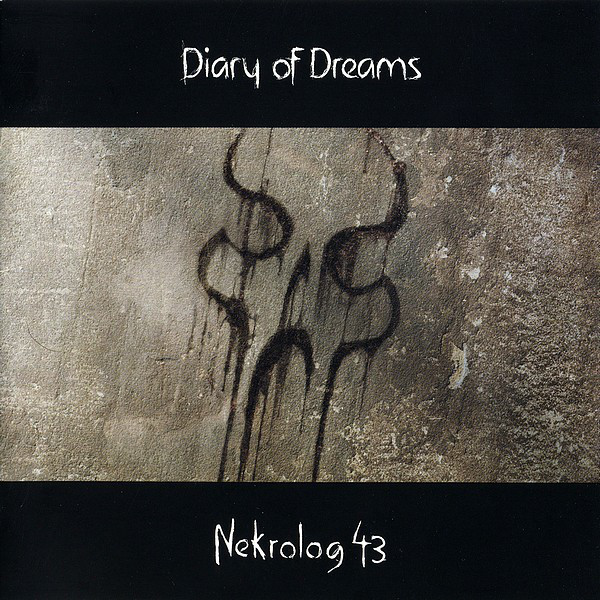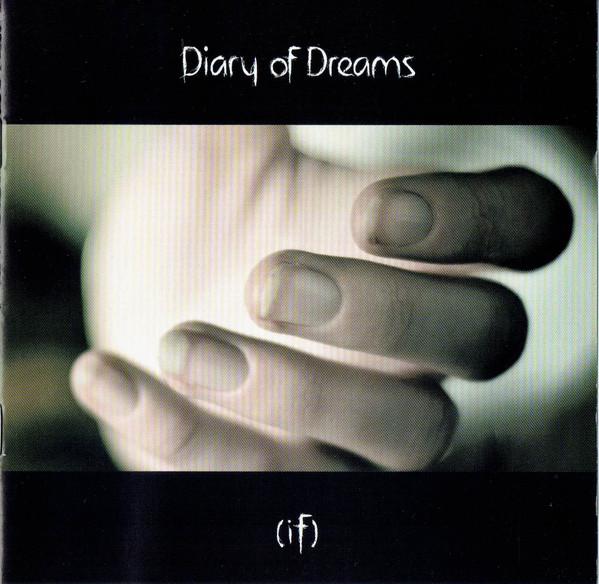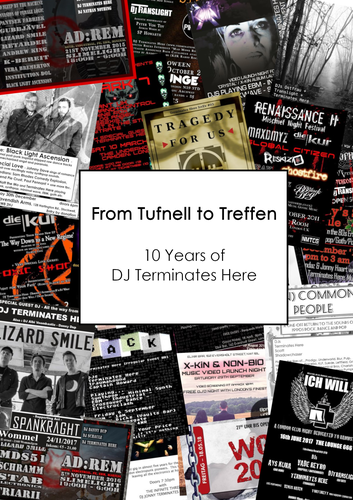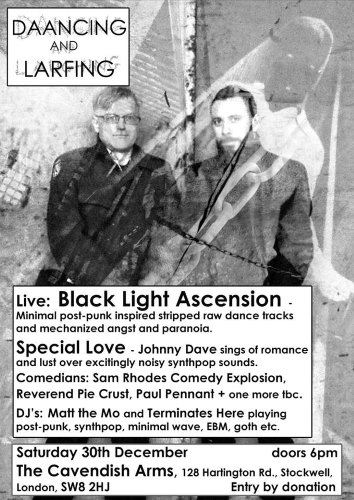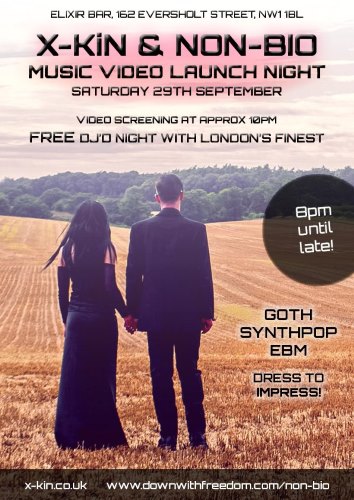You Should Be Grateful
The album-length concepts took a break after ‘Nigredo’, with the focus returning to individual songs. 2007s Nekrolog 43 is partially successful in this regard. There’s an obvious hit in The Plague, guitars, string and synths thrusting through the mix to form a savage burst of psychological horror. The complex melancholic layers of Son of a Thief, the more conventional gothic rock UnWanted? and the angry riffs of Malice stand out as the other highlights.
But elsewhere, there’s a feeling of treading water. There’s too much reliance on morose piano and downtempo synth, too many meandering compositions that drift pass without leaving an impression, and a shortfall of hooks – not every song needs them, but they need to be at least frequent enough to offset the more cerebral moments. There’s an earnest attempt to revive upbeat electronics on Remedy Child, but the offbeat key stabs and noisy loops amount to five minutes of musical busywork, all very competent but as with many other tracks, there’s and intangible something missing.
Singles and Versions: ‘The Plague’ was the sole and obvious single – two alternate studio versions are provided, with the synth-heavy Vers N4-4 likely to be of DJ interest. The dreary exclusive track “Allocution” is unnecessary, but a ‘Memorial Version’ of ‘Traumtänzer’ will be of interest to fans of the original. As usual with such things, it’s not a radical overhaul, adding some guitar and reverb-heavy percussion, but this isn’t a song that needed messing with.
As for the album, all versions have the same 13 songs, except for a picture LP version which cuts the content down to a mere 8. A pity they had to cut “Malice” but if you’re into collecting such things, you’ll hunt it down anyway.
It’s on 2009’s (if) that Diary of Dreams really hits the mark terms of being a song-focused darkwave band. It’s the usual spectrum of electronically-enhanced goth and goth-enhanced electronics, but this time there’s feeling that every song serves a purpose, every chorus stands out from the verses and every dynamic swing makes an impact. Album opener The Wedding is their strongest Track 1 for several albums, a cathedral-sized gothic waltz fit only for the most unholy forms of matrimony, and it sets the tone for what is to come.
Because if there’s a particular aspect of the Diary of Dreams sound you like, you’re sure to find it here – Romantic piano and strings on Requiem 4.21, jagged guitar throughout Odyssey Asylum and Poison Breed or catchy mid-tempo electronics driving Choir Hotel and King of Nowhere. My personal standout is the awesomely bleak The Colors of Grey, one of those slow builders that whose humble beginnings eventually give build to an epic crescendo. But if you’re one of those impatient streamers looking for “the one that DJ played during some club night a German basement ten years ago”, it’ll likely be one of the others. Probably “King of Nowhere”. Even I was playing that back then (not in a German basement, though).
Singles and Versions: The sole single (and last to date as the format went into terminal decline) was “King of Nowhere”, again the most obvious choice. Again there’s beat-heavy versions aimed at DJ play alongside stripped-down minimalism.
As for the album, there’s a limited 2CD version out there including the bonus ‘G(if)T’ 4-track, all exclusive songs. As usual with non-album tracks, these songs mostly come across as ‘near misses’ in the quality department, though ‘The Saint’ comes close to the standards of the main album.
Two years later, however, and we’re back in concept album territory with Ego:X. Of the seventeen tracks, seven of them are interludes (Into:X, five “Elements” and Out Of X), spoken-word pieces stitching the narrative of the album together. German speakers may gain some benefit from these, but for the rest of us, they are but padding – it’s one thing sussing the essential meaning of a title or chorus refrain, deciphering a speech is beyond all but the most fluent. As for the ten actual songs, the most apparent trend is the increased use of guitar. They’d been amping up the songs in the live show in recent times, but in terms of the studio albums, this is the rockiest they’ve got.
Unfortunately, it’s another case where the overarching concept took precedence over the component parts. The first actual song, Undividable, is the strongest by far, uncomplicated gothic rock at its core with synths, pianos and event a guest violin playing off one another to fill out the mix. Lebenslang is essentially more of the same, and it’s slim pickings thereafter. Push Me features Amelia Brightman (best known for Gregorian alongside her solo work), in the band’s first real use of female vocals beyond the occasional sample, but her talents are wasted on material this anonymous. Echo in Me is a mid-album highlight, recreating some of the tense aggression of “The Plague” and “Poison Breed”, but it a fleeting glimpse of hope as the final stages of the album tail off into indifference as the idea pool runs dry.
Versions: The US and Russian CD version of the album omit three of the five ‘Elements’ interludes – no loss outside of German-speaking territories. There’s also double CD, double LP and 21-track download versions with four additional tracks. “The Return” is mainly notable for it’s violin flourishes, “Push Me” isn’t improved by removing Amelia’s vocals, and the E-Mix of “Undividable” pulls usual trick of adding a dance beat and additional synths to a song to make it more DJ friendly. In that regard it might come in useful one day.

